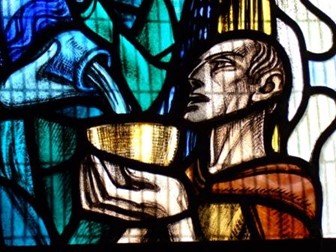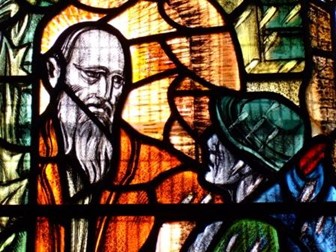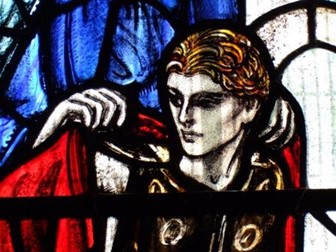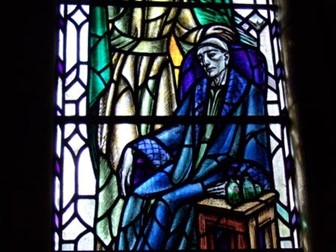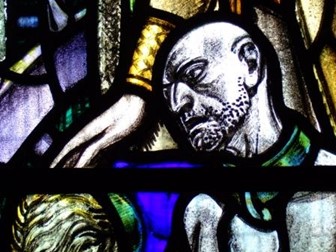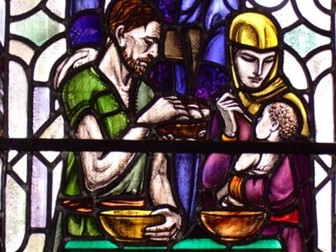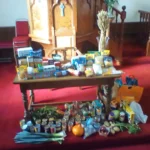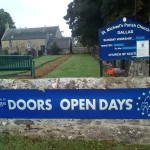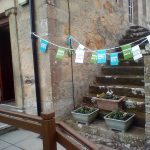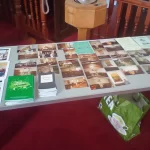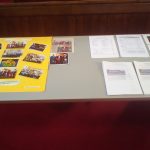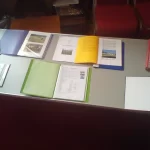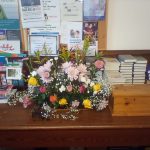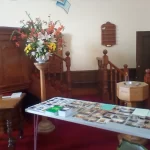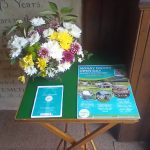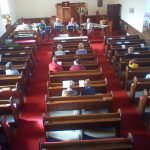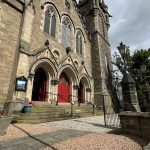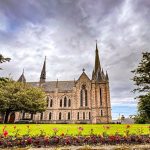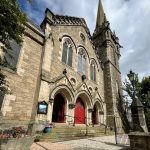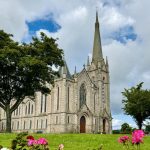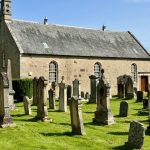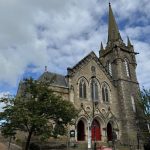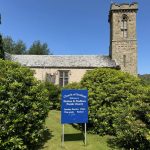St Laurence Church History
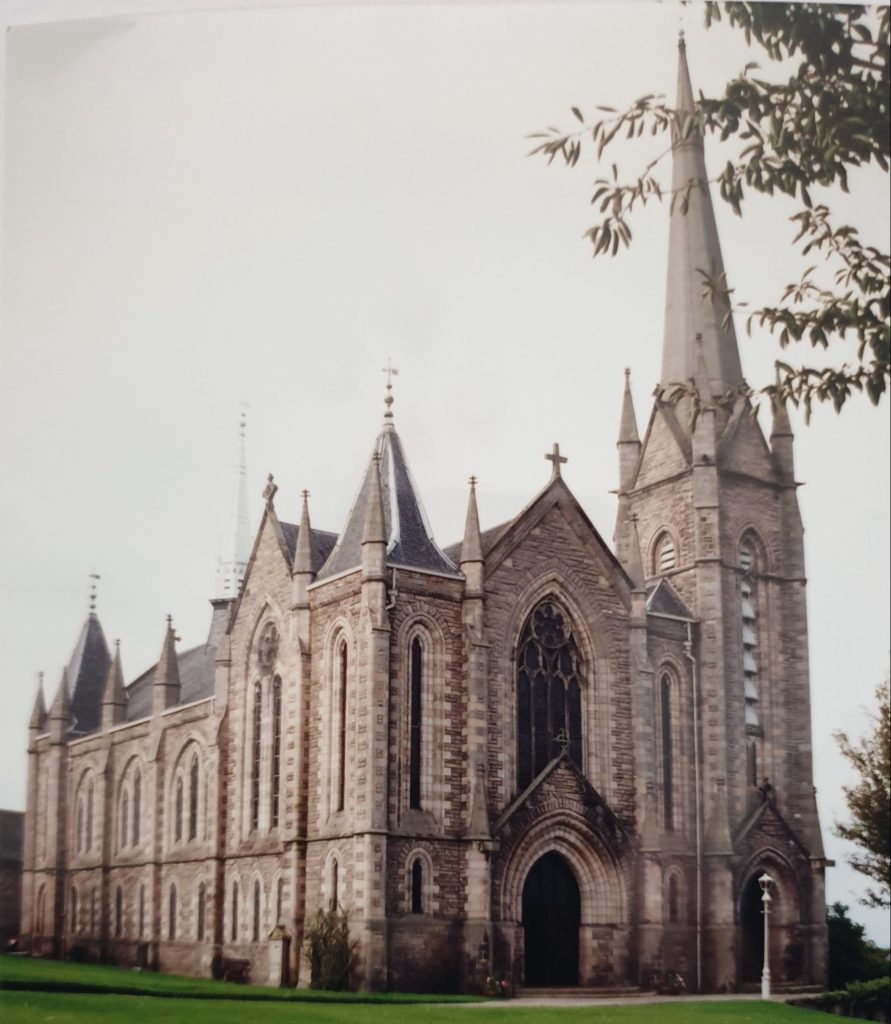
The present St Laurence Church stands on a site which has been used for Christian worship since the middle of the 13th century, when Scots King Alexander III erected a chapel in honour of St Laurence as a memorial to his late wife Margaret. The present building is relatively modern. Its foundation stone was laid on 17th August 1904 and the building was first opened for worship on 28th February 1906, prior to which the congregation worshipped in Cumming Street Church (now Logie’s store).
It was designed by architect John Robertson of Inverness and is in Neo-Gothic style. The building cost £9,600 at that time and has a current insurance value of over fourteen million. pounds.
The stone came from Newton Quarries near Elgin, and the stonework is a fine example of the stonemason’s craft, which on this scale is no longer practised in Scotland today.
The main tower and spire reach a height of 120 feet and major repairs on the spire and roof pinnacles etc cost over £23,000 in early 1990.
The interior of the church has many features not commonly found in a Church of Scotland building. The marble Baptismal Font (a copy of its prototype is in Dryburgh Abbey), is situated in the Baptistry which is situated to the north of the chancel. The marble Communion Table and the brass Eagle Lectern are in design and position more likely to be found in an Anglican church. All of these reflect the ideas of Rev Alexander C Buchanan, minister of the parish from 1899 – 1912, who later left the Church of Scotland to become a priest in the Scottish Episcopal Church.
King Alexander III’s chapel was probably followed by a later church built near the beginning of the 15th century, but there are no reliable records to confirm this. The immediately previous church on this site (illustrated below) was built in 1775/76. It was very small because, it is said, the heritors, being under pressure from the Kirk Session to replace a previous building which was in a dire state of repair, were reluctant to spend more than was necessary.
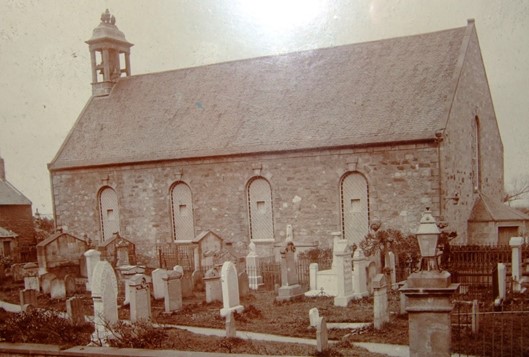
The Session also voiced disquiet with the Town Council who too had to pay for their share in the work. The heritors reluctantly added galleries, but they took their revenge by charging exorbitant rents for the seats, obviously intending to use the new church as a profitable investment. The Session presented a very dignified and sincere petition to the Presbytery asking them to take the matter as far as they could, in both church and civil courts. Their chief preoccupation was over the poor who “are deprived of the benefits of church ordinance among us although they have an as unquestionable right to the privilege as the rich, and are those among whom the Saviour Himself intimated His Gospel should meet with the best reception and have the greatest success”.
This church was demolished in 1901 towards the end of the long ministry of Rev Dr James Keith (pictured below) who was also noted as an amateur botanist, and whose herbarium remains in the care of the Moray Council Museum Services.
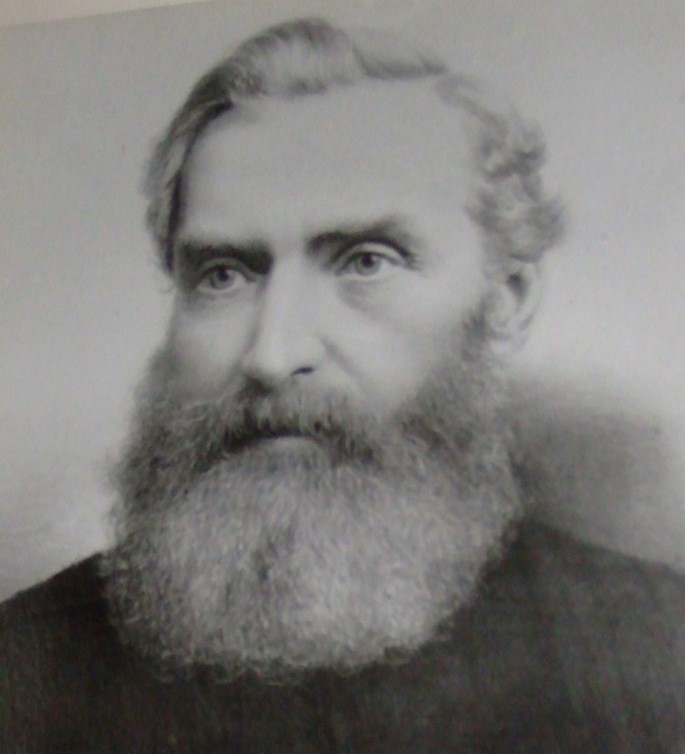
The Cross above the Communion Table was originally made of Sicilian marble but this was broken many years ago and was so badly damaged that it was considered beyond repair and was replaced with a stone cross.
A copper Memorial Chalice in the Chancel was designed by Forres artist Harold Gordon commemorating those in the parish who died in the 1939-1945 war.
The octagonal Pulpit of Caen Stone and the beautifully crafted Pitch Pine Ceiling combine with those features previously mentioned to make St. Laurence Church a place of special beauty. In 1997/1998 the Church was completely re-wired. New lighting was installed allowing the pitch pine ceiling to be seen to its best advantage. An anonymous gift of carpeting to the main aisle greatly enhanced the interior look of the Church. In 2019/2020 two large legacies enabled the north aisle to be developed as a meeting area with toilets and a small kitchen.
The Church has two large bells, each weighing approximately four hundredweight. The first measures 2 feet in diameter, is sweet-toned and carries the Latin inscription “Si Deus pro nobis qui contra nos, 1682” (if God be for us who can be against us). The second which is smaller and shriller in tone and bears the words “William Chapman fecit, 1781 “. A chime of eight tuning bells, gifted by William Douglas of Lenzie, has been played by successive generations of teenagers as people gather for Sunday worship.
The three-manual Lawton Pipe Organ was installed in 1905 when it cost £500. It has a full rich tone and has benefited from two subsequent major repairs. In 1964 approximately £7,000 was spent, and in 1989 a full overhaul was carried out at a cost of £32,000.
St Laurence Stained Glass
On Sunday 3rd September 1922, the stained glass windows at each gable end of the building were unveiled and dedicated. Both windows are the work of Percy C Bacon, London.The Right Honourable Viscount Finlay of Nairn unveiled the window above the Chancel (below left) in memory of those connected with the Congregation who gave their lives in the Great War 1914-1919. It portrays three bold upstanding figures, viz., Christ the Consolator in the centre, with Courage on the left and Victory on the right. The window at the east end was donated by the late Sir Alexander Grant, Bart. of Forres, to the memory of Rev Dr James Keith, who was Minister of the Parish of Forres for 53 years from 1852 to 1905. It was unveiled by Mrs Grant of Glenmorriston Edinburgh in a service conducted by The Very Reverend J A McClymont, CBE, VD, DD., convener of the General Assembly’s Committee on Chaplains to his Majesty’s Forces, assisted by Rev W P Wishart, BD., Minister of the Parish.
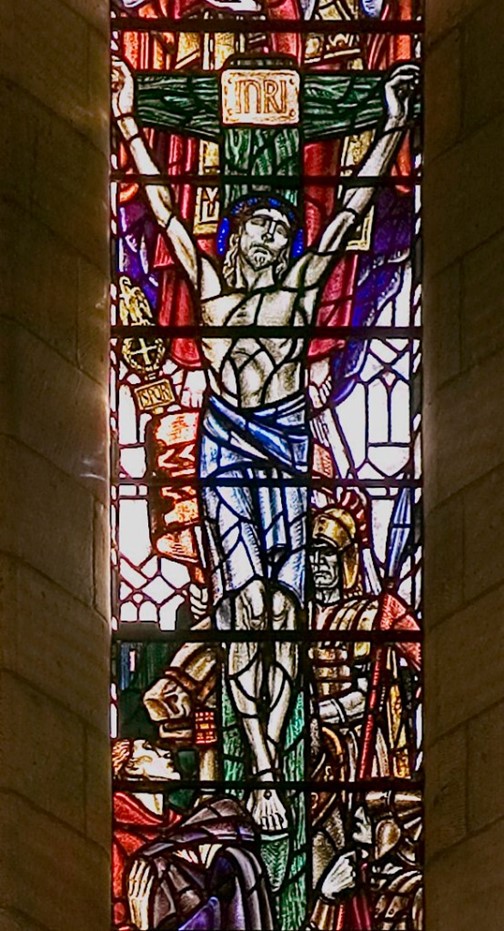
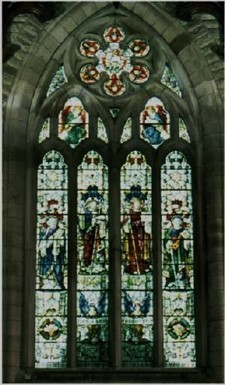
The other stained glass windows are the work of the mid-Lothian artist Dr Douglas Strachan, and were commissioned by Sir Alexander and Lady Grant. Dr Strachan’s work can be seen in churches throughout Scotland, most notably in King’s College Chapel in Aberdeen. In the Annunciation Window The figure of Mary is seen seated in the centre of the design, flanked by Isaiah in the left light and King David as musician and poet in the right.
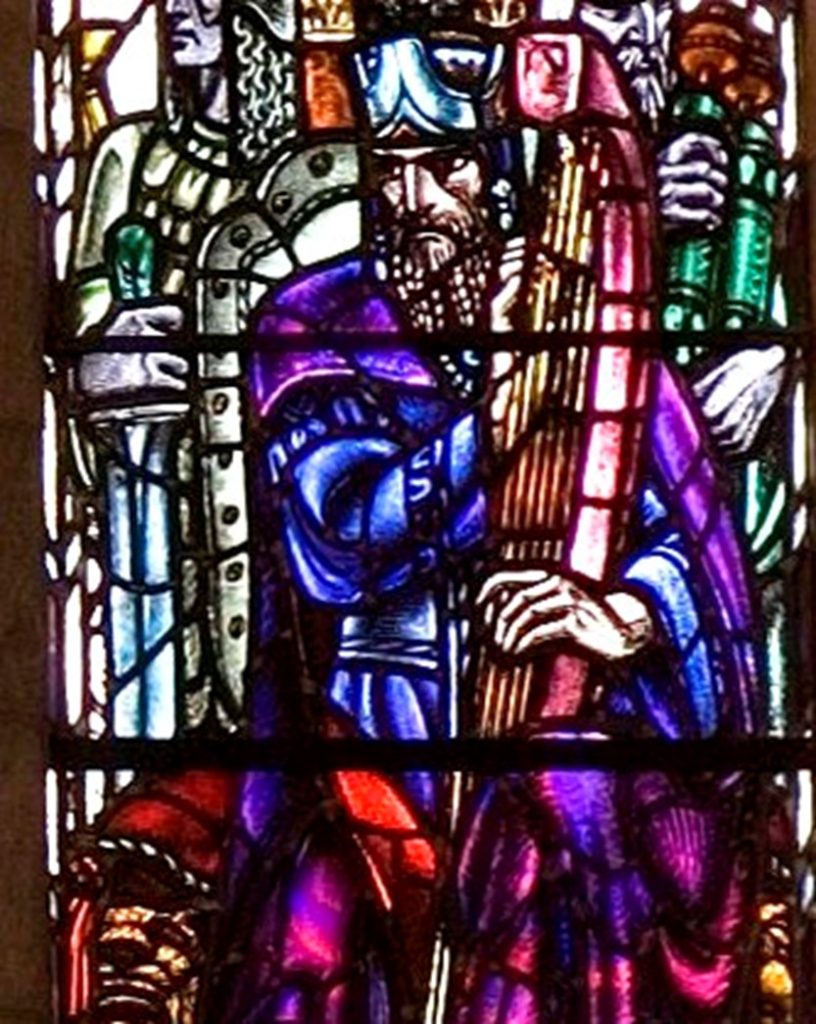
The three-light Nativity Window on the south wall of which the centre light is shown was erected in 1931 to the memory of their daughter, Mrs Elizabeth Laing, who was also the dedicatee of the window in the Baptistry (right) which was dedicated in 1932 and has the appropriate inscription, “Suffer the little children to come unto me.”
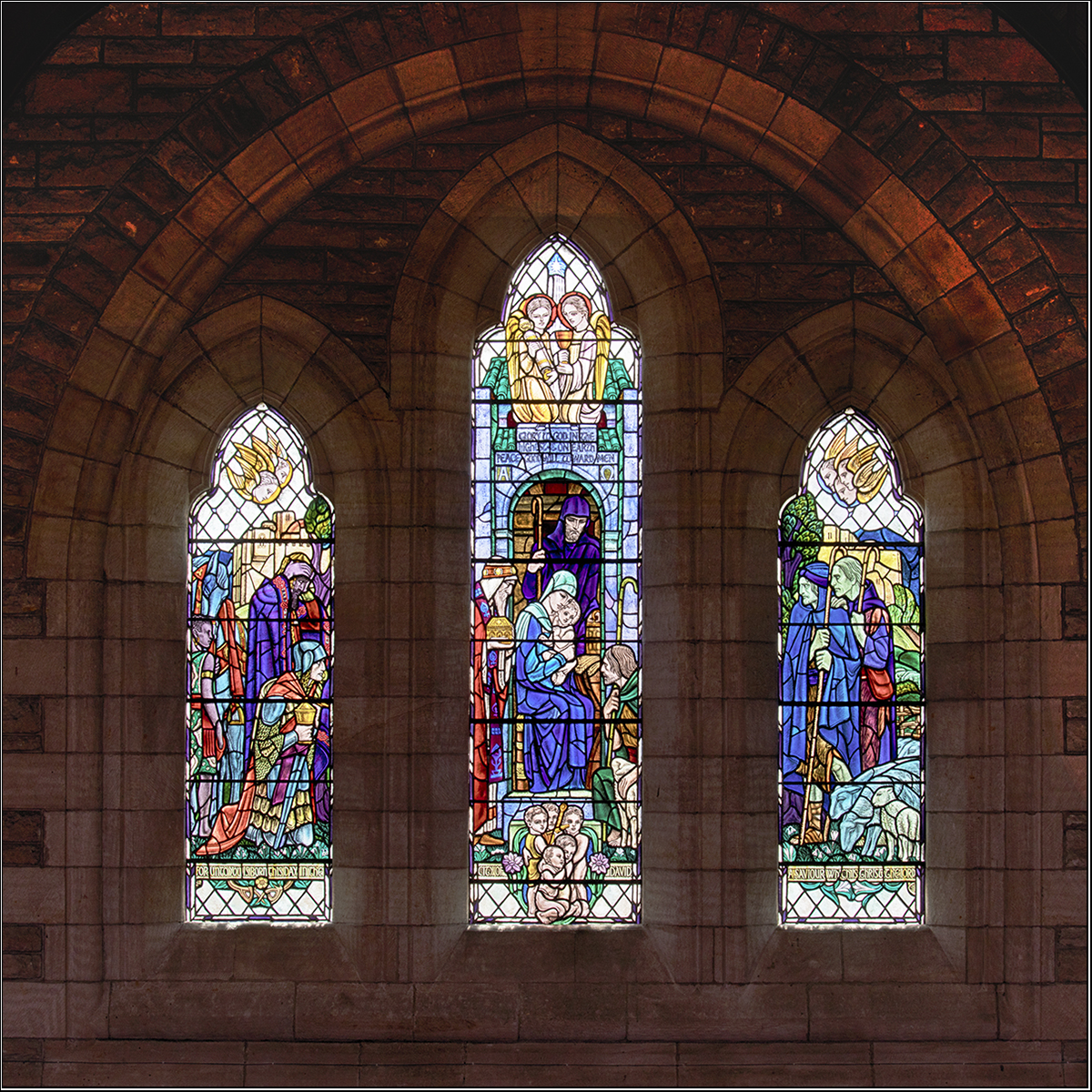
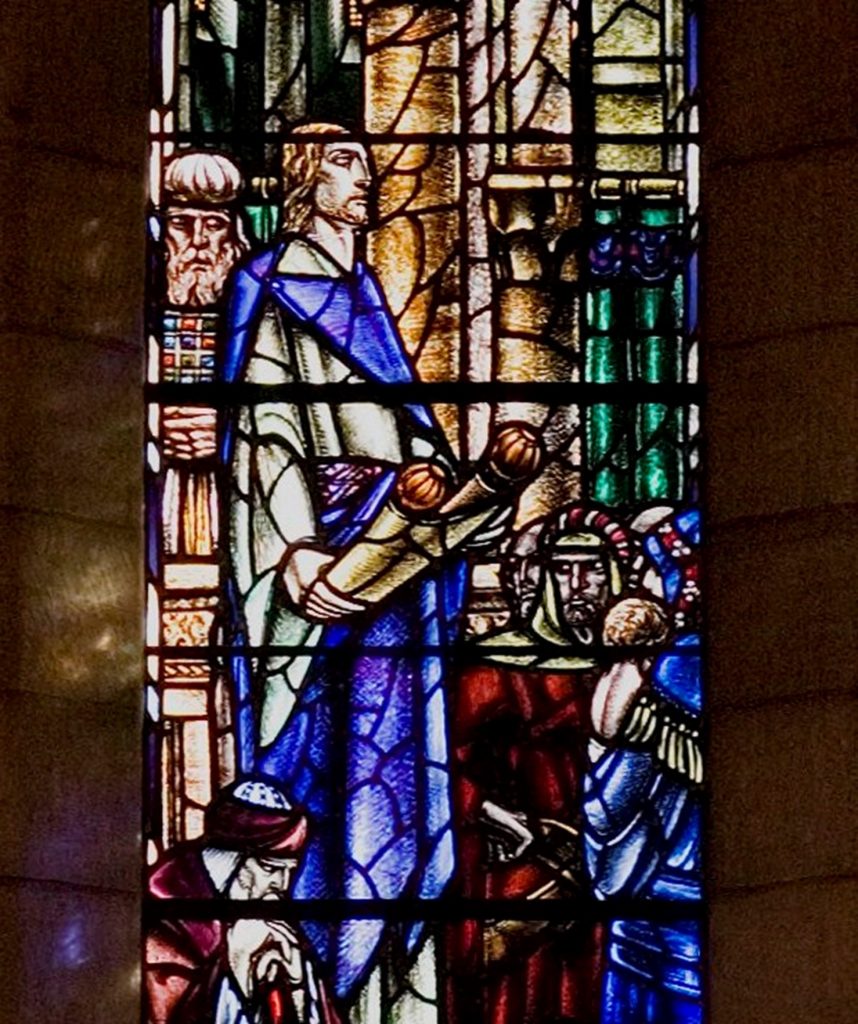
The late Sir Alexander Grant, Baronet of Forres and Lady Grant, gifted the remaining windows on the south wall in May 1939. These include a series of six windows at a lower level.
“I was hungry and ye gave me meat: thirsty and ye gave me drink: a stranger and ye took me in: naked and ye clothed me: sick and ye visited me: in prison and ye came unto me.”
MATTHEW 25:25-26 (KJV)
